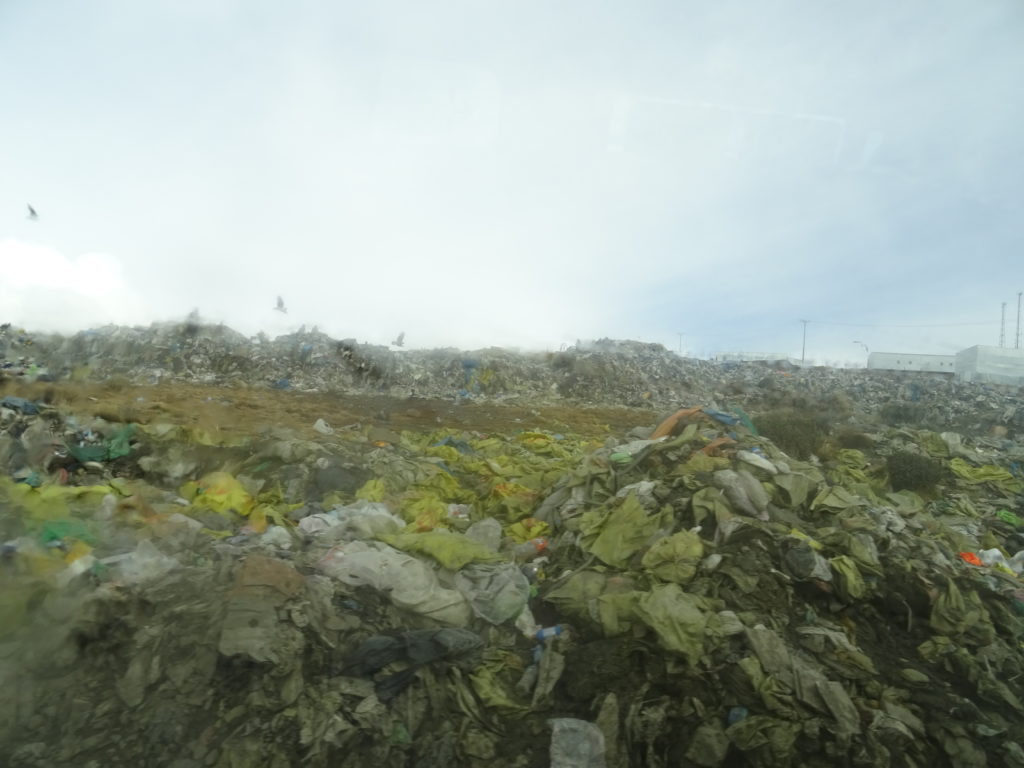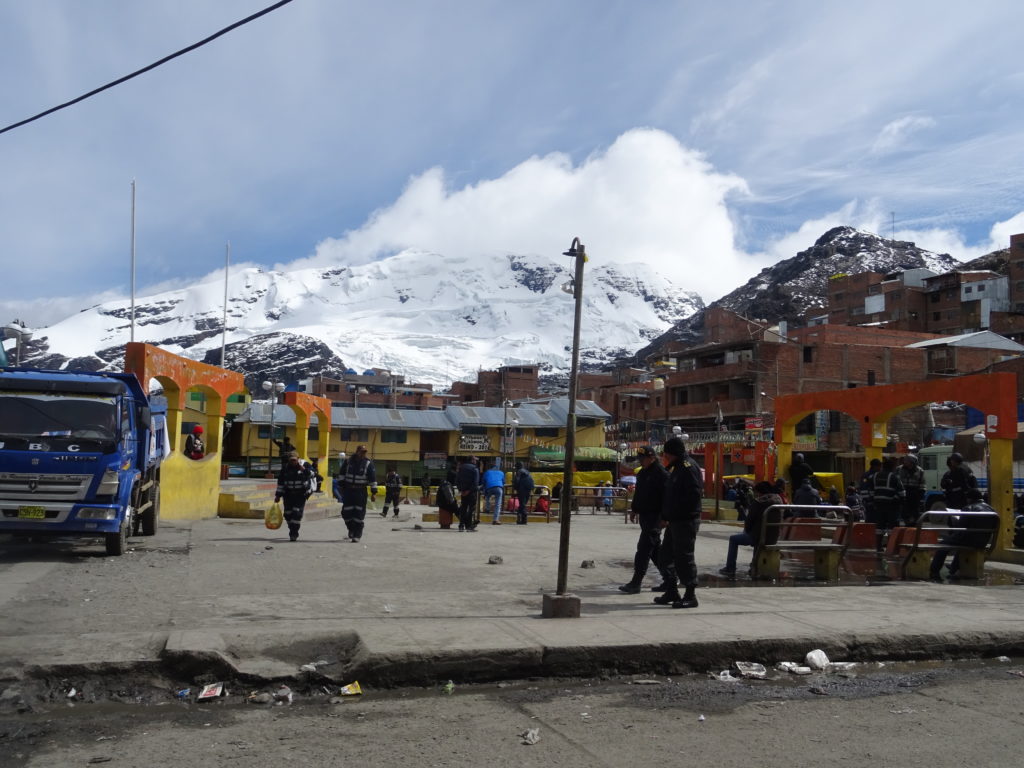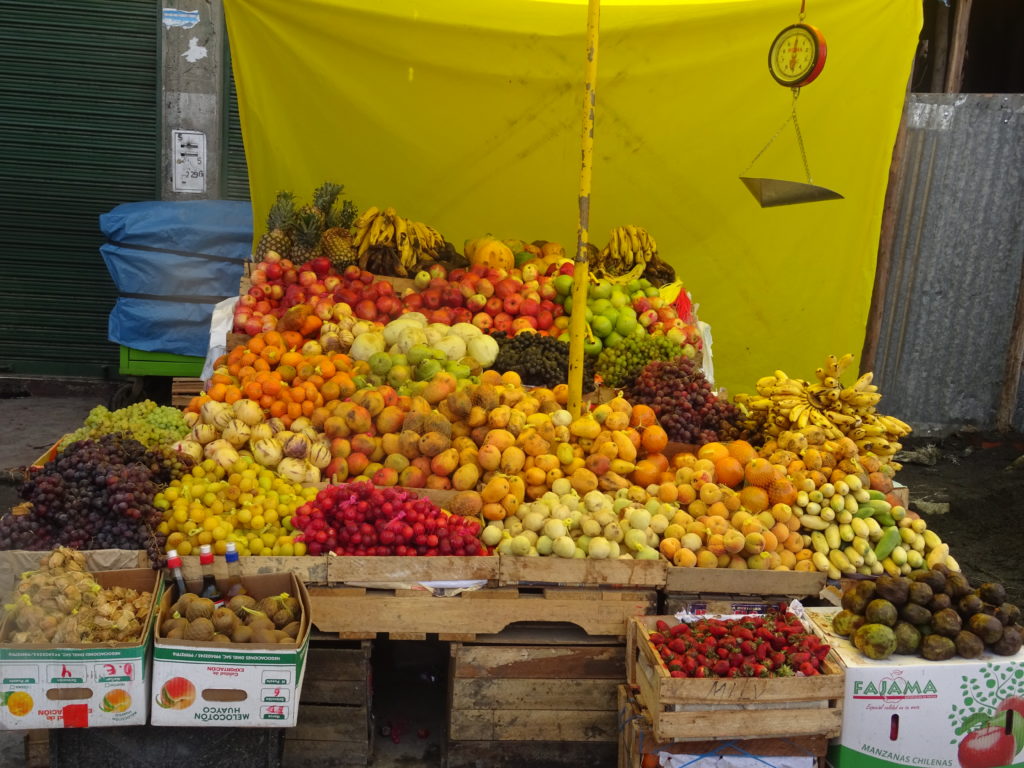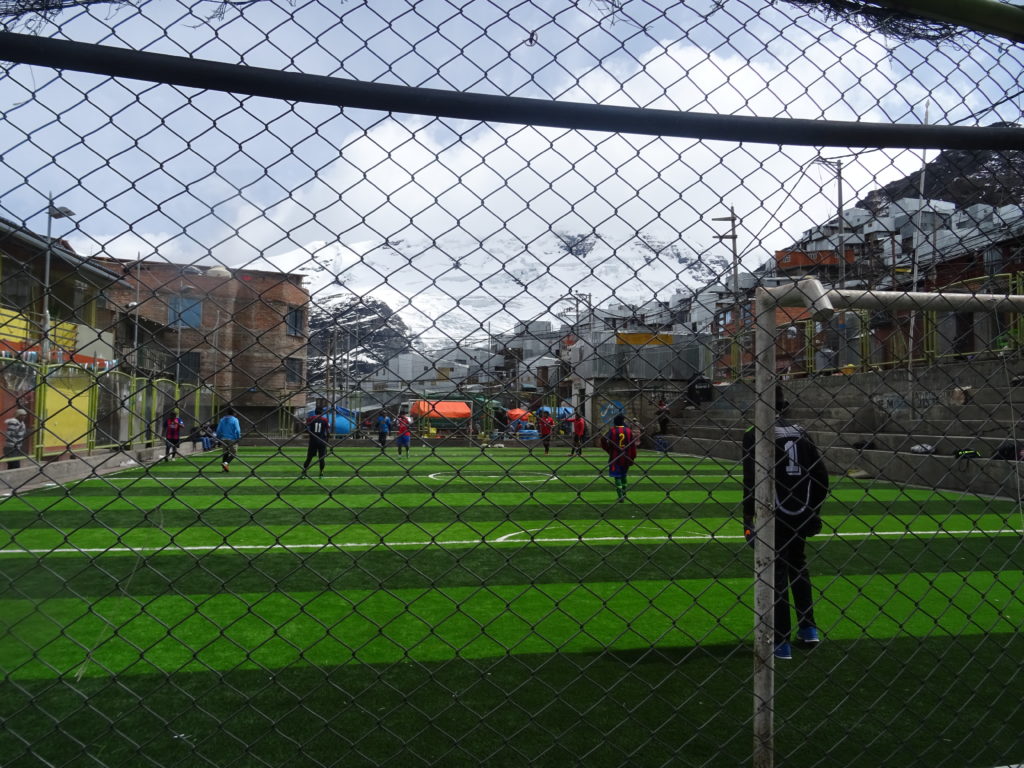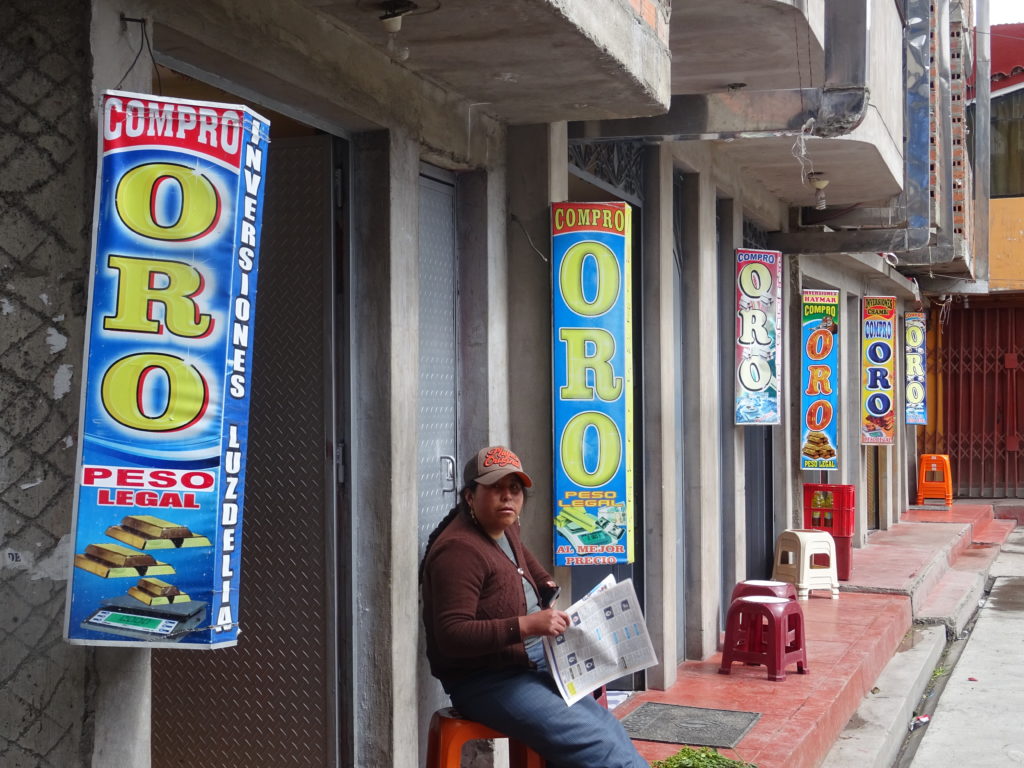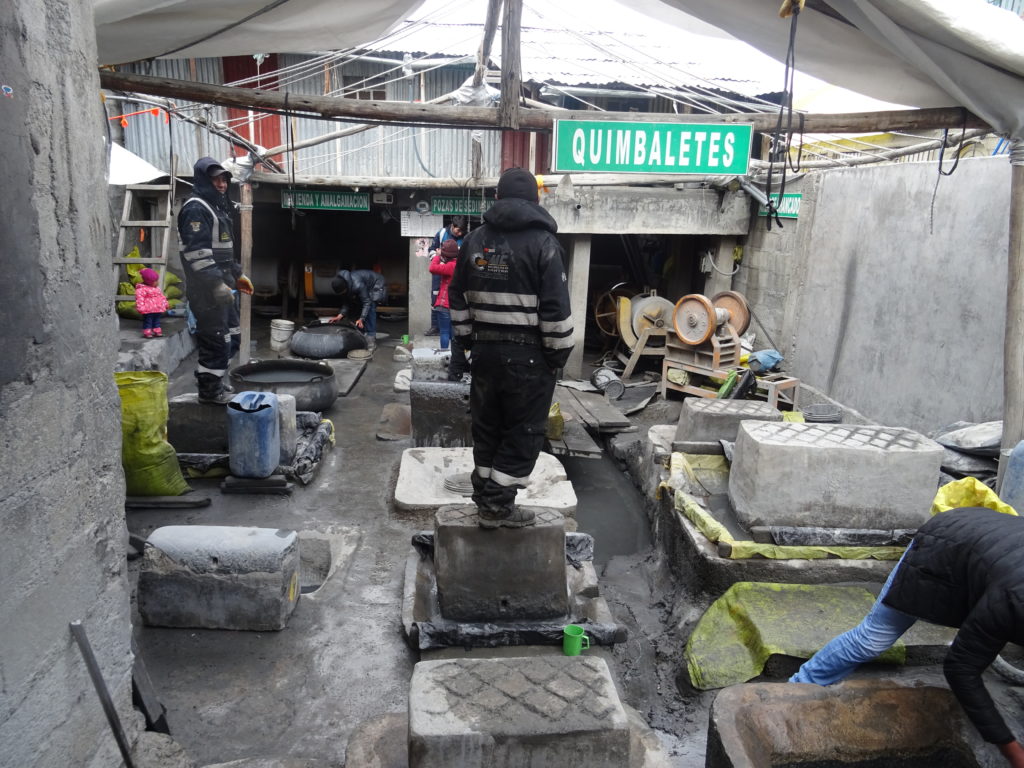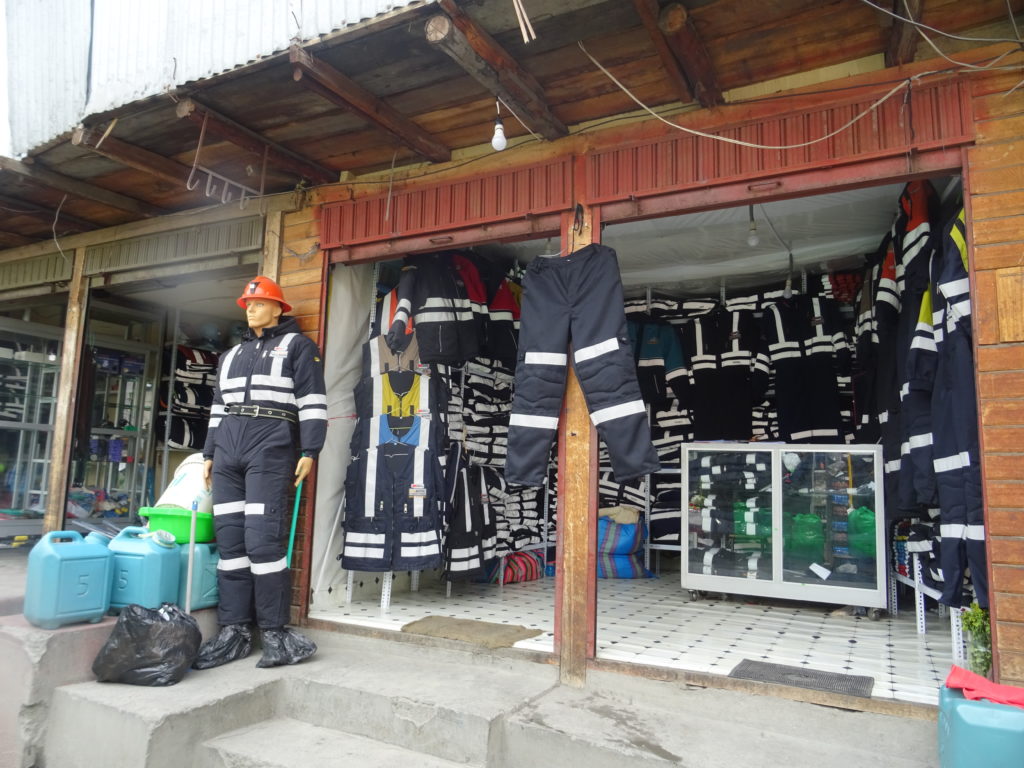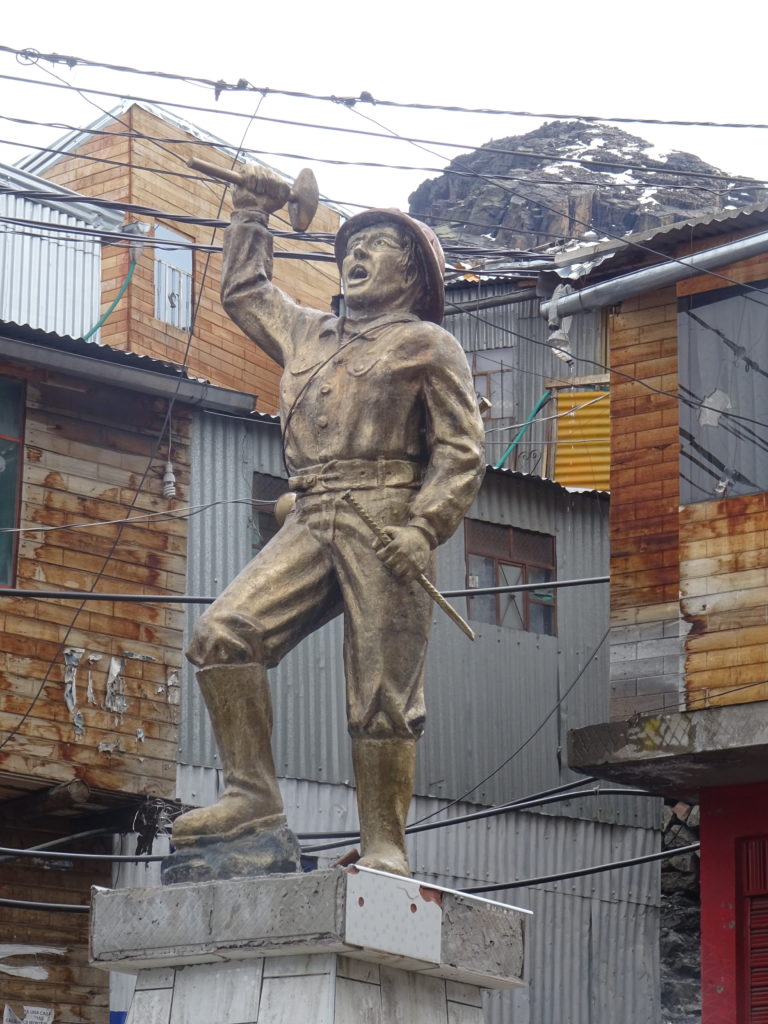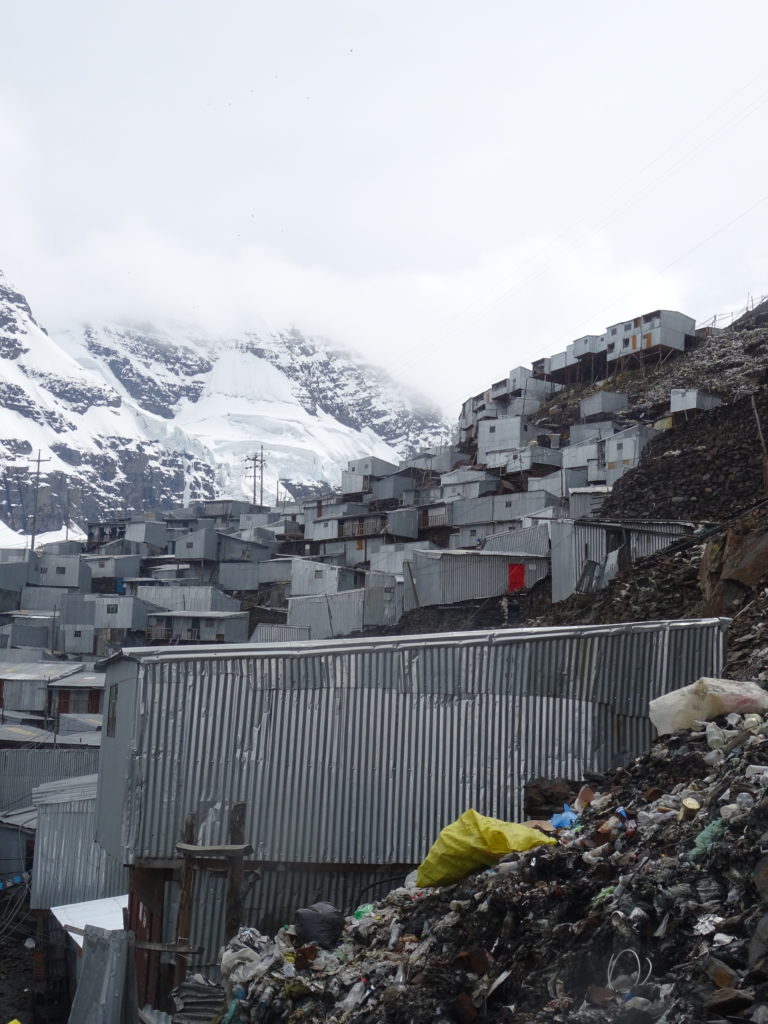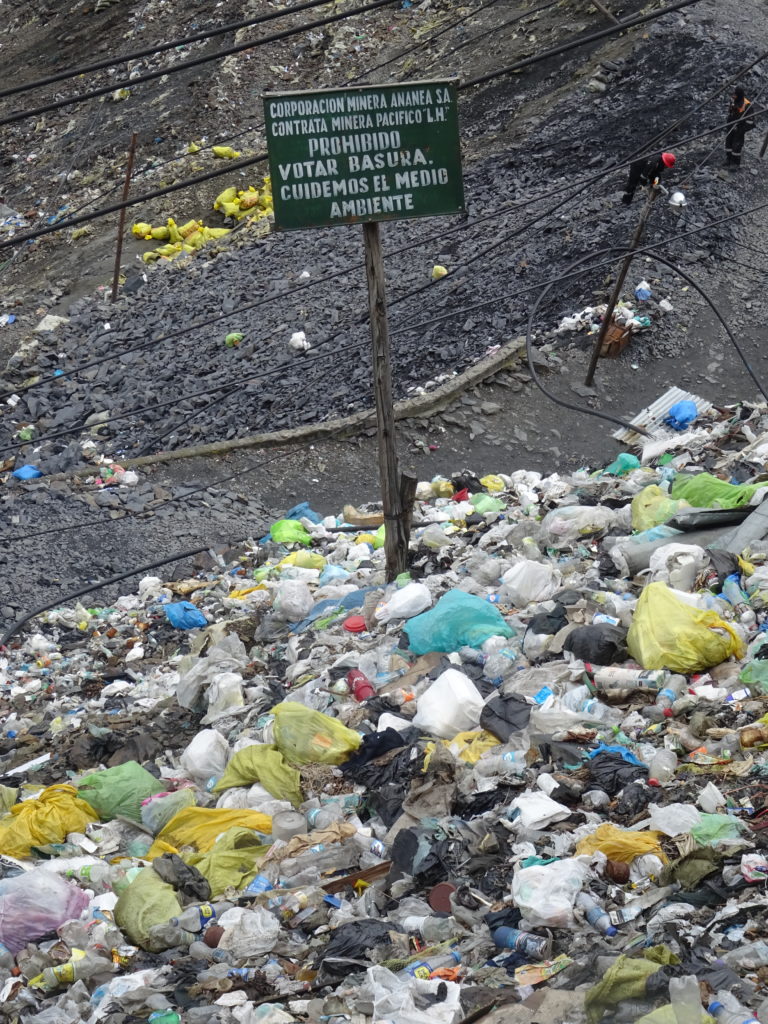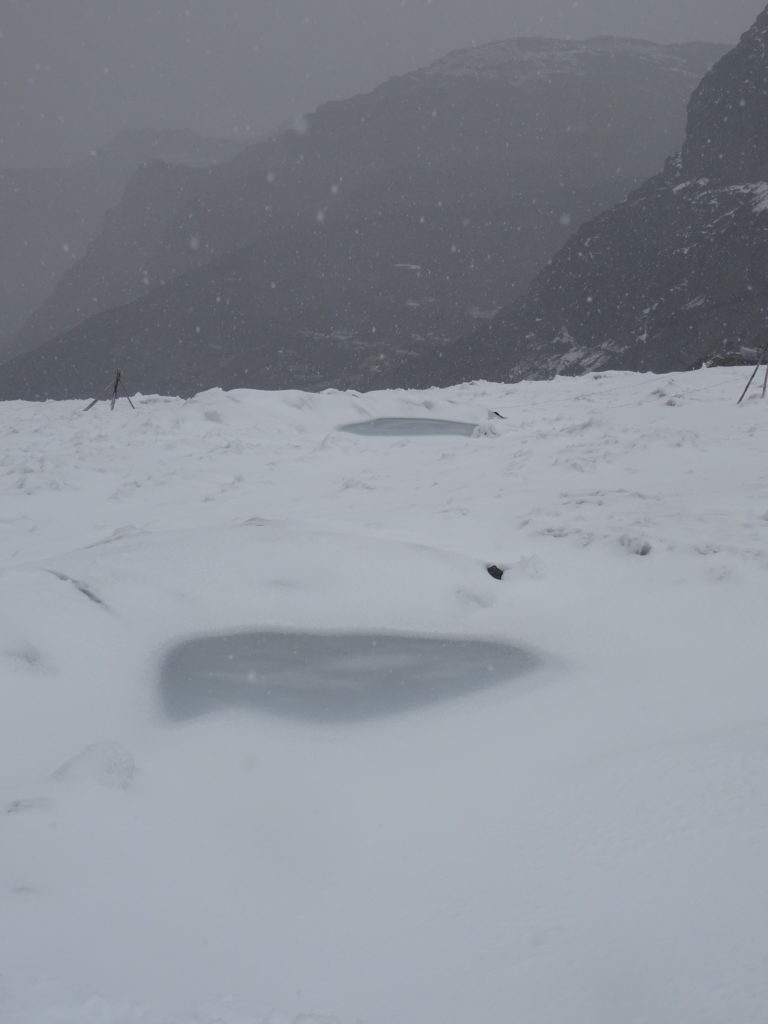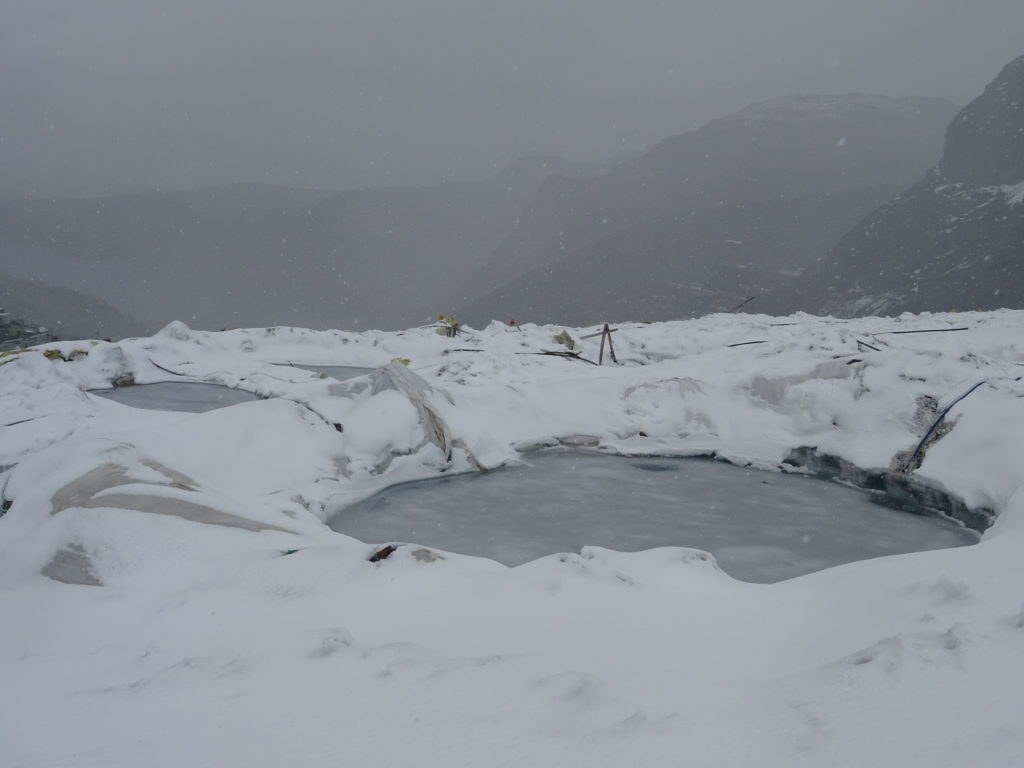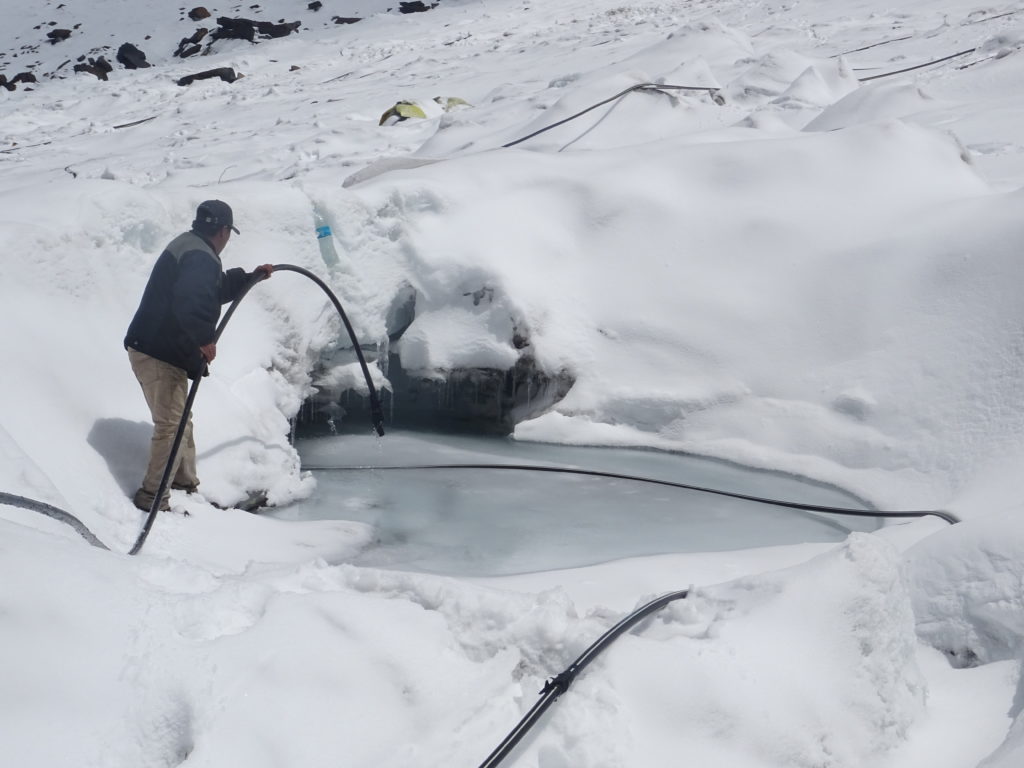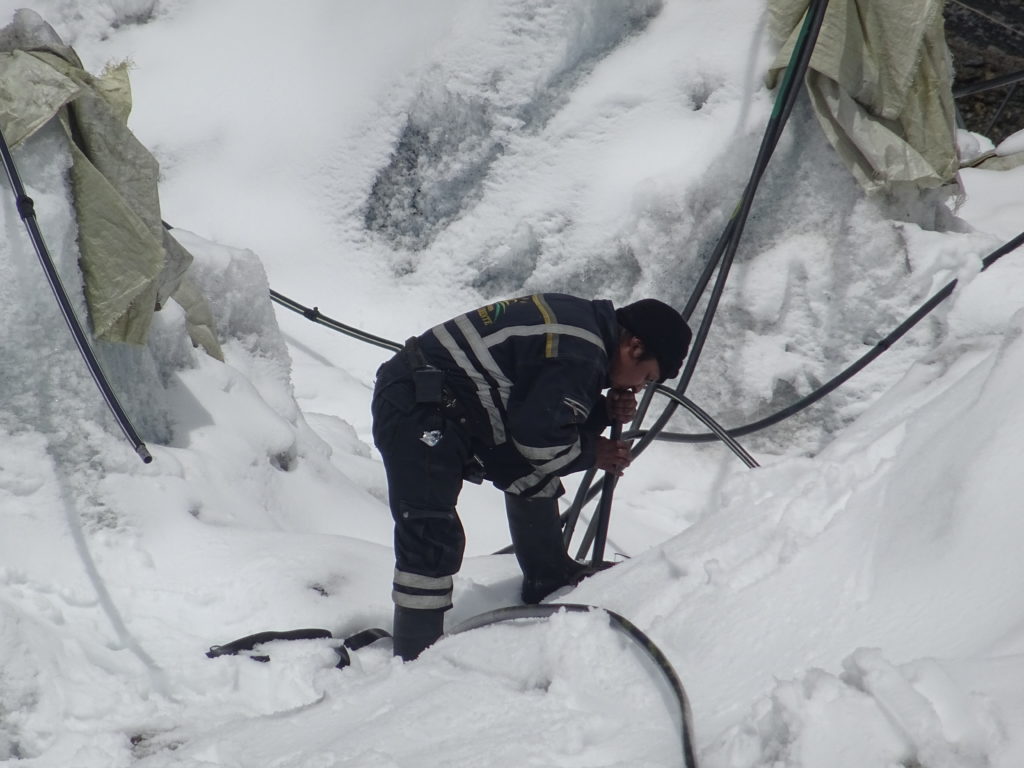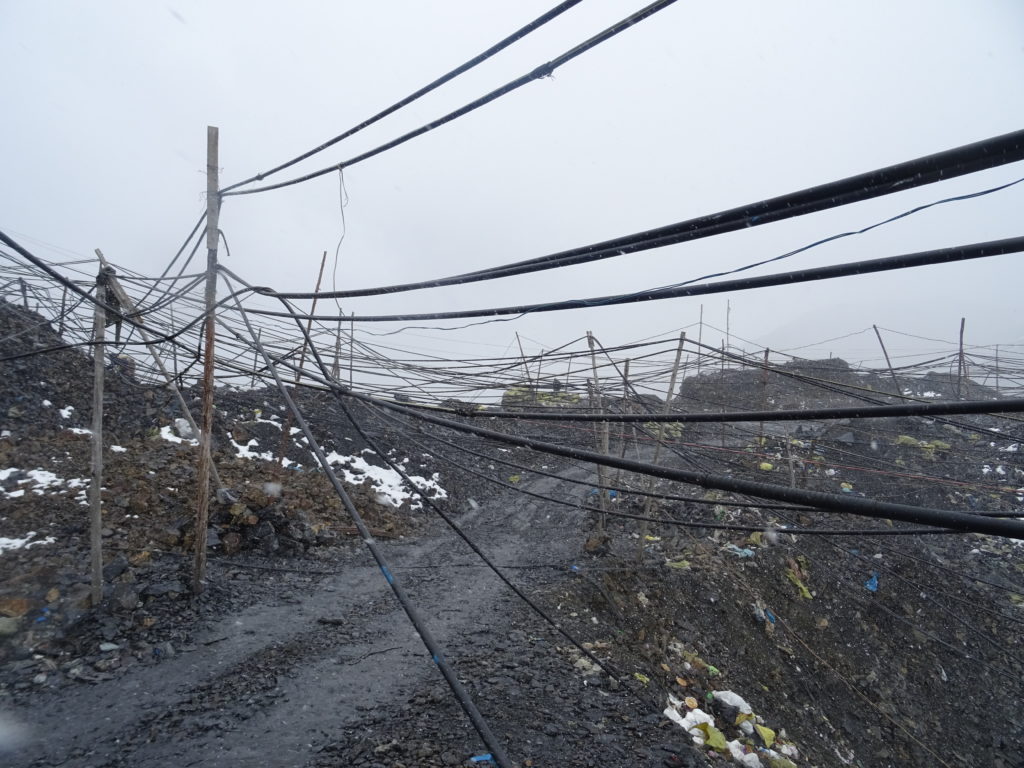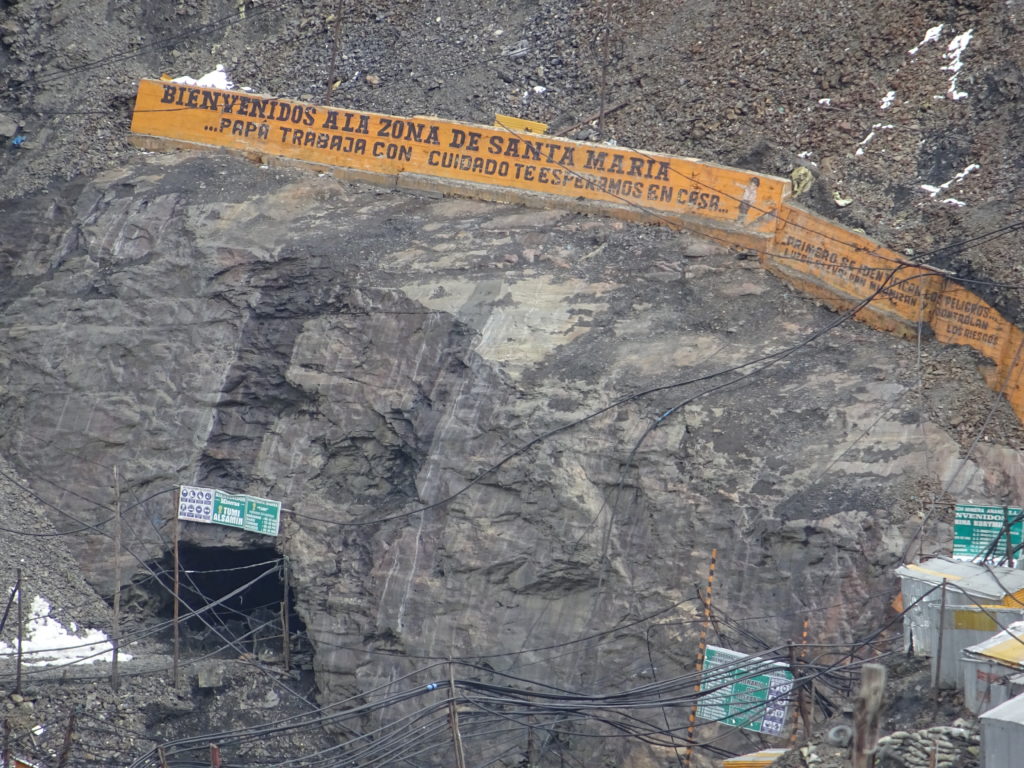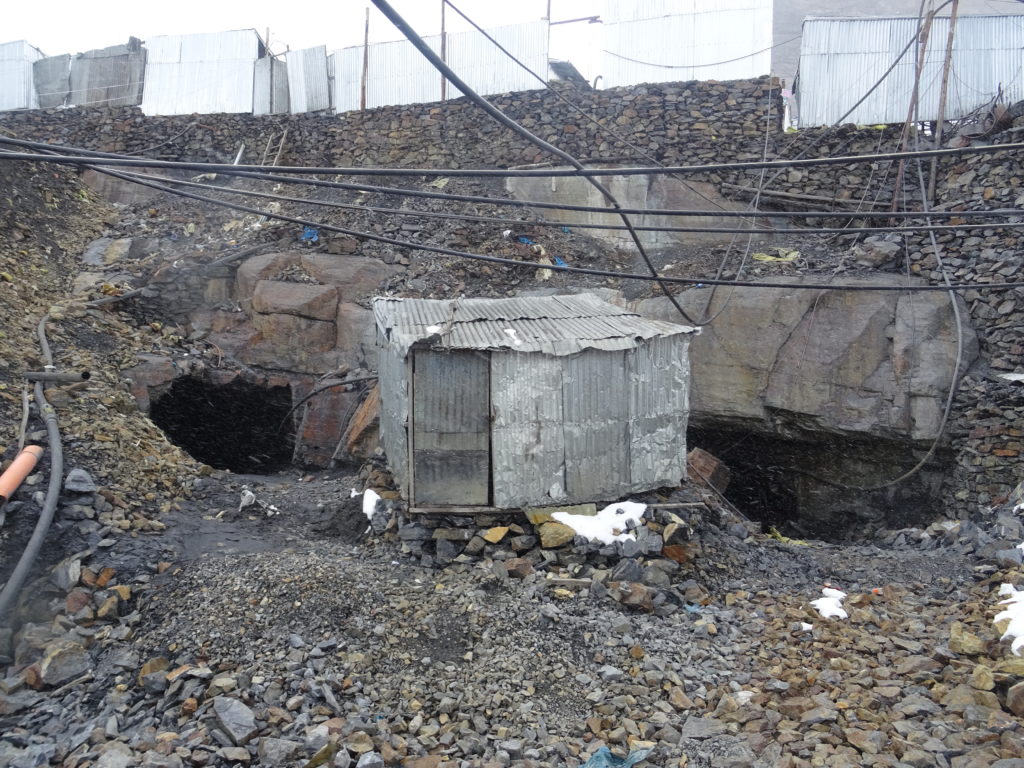October 17th – 18th
Jaakov, who I had met in the Colca canyon, had told me that the highest city in the world was in Peru, and that he wanted to go see it. Unfortunately for him, he didn’t have time. But he spoke of it with such passion that I got interested, and after some investigation, I decided to go.
La Rinconada, as it’s called, is a mining city, and due to the increase of the price of gold, its population grew from a few hundred at the beginning of the century, to tens of thousands – When asked, locals told me everything from 40 to 90,000 – nowadays.
On tuesday the 17th of October, I went to Putina, which is the last city before la Rinconada. I stayed one day there (and enjoyed some hot springs), and on wednesday the 17th, I woke up early and went to the place where the colectivos leave to La Rinconada, easy to spot as the guy is shouting “La Mina, La Mina!” in front of the minibus.
Very few information is available online, as it’s not a touristy place. Indeed, the environment is quite hostile: at 5200m above sea level, there is not much oxygen. Moreover, due to the fast growth of the town, there isn’t much infrastructure, and no garbage recollection system in place, so garbage dumps are all over the town and its surroundings, causing an unpleasant smell. On the way there, I could witness such garbage dumps. There are even -rapaces- leaving on the garbage, feeding of it.
The city center is actually quite common, and resembles a regular Peruvian town, with restaurants, street food stands, and some hotels. There is also a market and a football field in the city. But the resemblance stops there.
I had breakfast and then ask for the bathroom, but in town restaurants don’t have bathrooms, actually nobody has any: there is no running water. The water they use is from the glacier above the city, more on that later. So there are public bathroom, and one has to pay to use them.
I started walking around town, and I saw that everything revolves around the gold economy and the mining. There are hundreds of places that buy gold; the streets are full of them. It is also very easy to find mining outfits and equipment, or have it repaired. The miners also go to the “molinos”, mills, that can be manual or electric: There, they can extract the gold from the rocks, using water and mercury. As a result, the lake beyond the town is very polluted and unfit for animal life.
I kept walking, and outside the city center, I was shoked by the houses where people live: simple houses in sheet metal, I can’t imagine how cold these are at night, as I was freeezing and it was 9am.
I kept walking, towards the entrances of the mines. A local guy proposed me to go to the glacier, above the town. Judging his look, his words (fluency in spanish is a blessing in these situation, to be able to really judge a situation) and the looks of the people he was talking to before he spoke to me, he seems trustworthy and I accept to follow him. He is one of the people that extract water from the glacier. First he showed me the entrance of a mine, which was closed. Then, we walked up on the glacier. There, there is a lot of “wells” or big holes, in which the snow melts. The water in these holes is siphoned down to the village, through black plastic tubes. My new friend explains to me that he sells the water for 1 sol ($ .30) per jerry can (20L). This water is used for human consumption, toilets, bathrooms, cooking, and extracting gold from rocks.
From the glacier, the mines can be seen. Little trucks come out, dump piles of rocks on the side of the road, and go back in. Loud explosions from the dynamite inside the mines can be heard.
The miners actually work for free with the hope of finding gold during the few hours in which they can keep what they fin, the rest belonging to the mine’s owner. They pray the deified shape of an old lying woman on top of the mountain above the mine before their shift, in hope of finding gold, and for protection of any accident.
Unfortunately, apparently those who do get lucky spend most of their earnings in alcohol and women (Although not visible, prostitution seems to be common) and few manage to save and leave the hell that is La Rinconada.
Life is hard and precarious for most in the highest settlement of the planet… And it’s not only because of the altitude. It was certainly one of the most interesting places I’ve seen.
